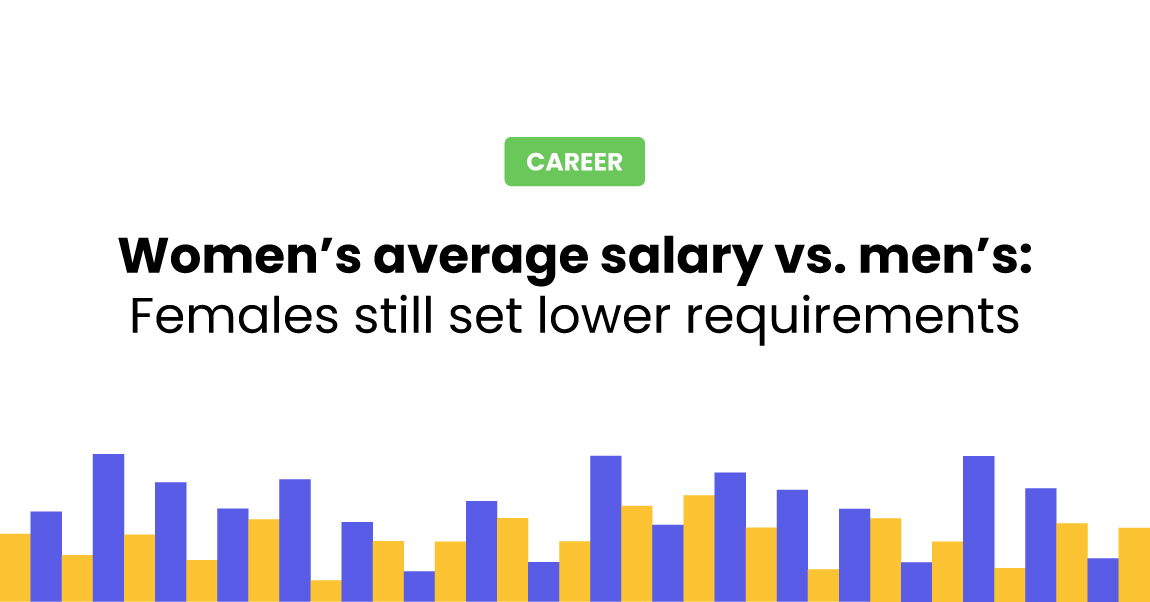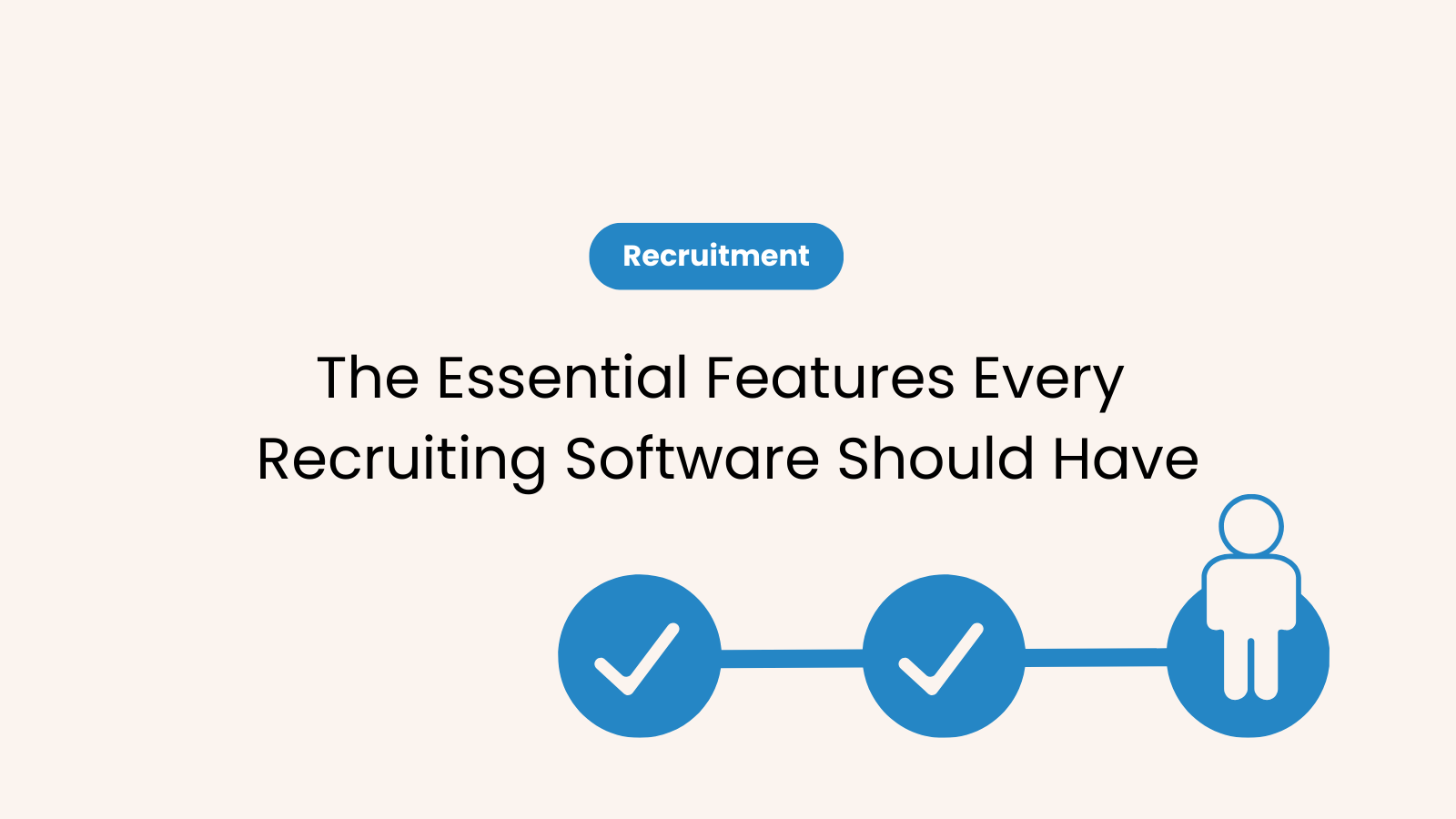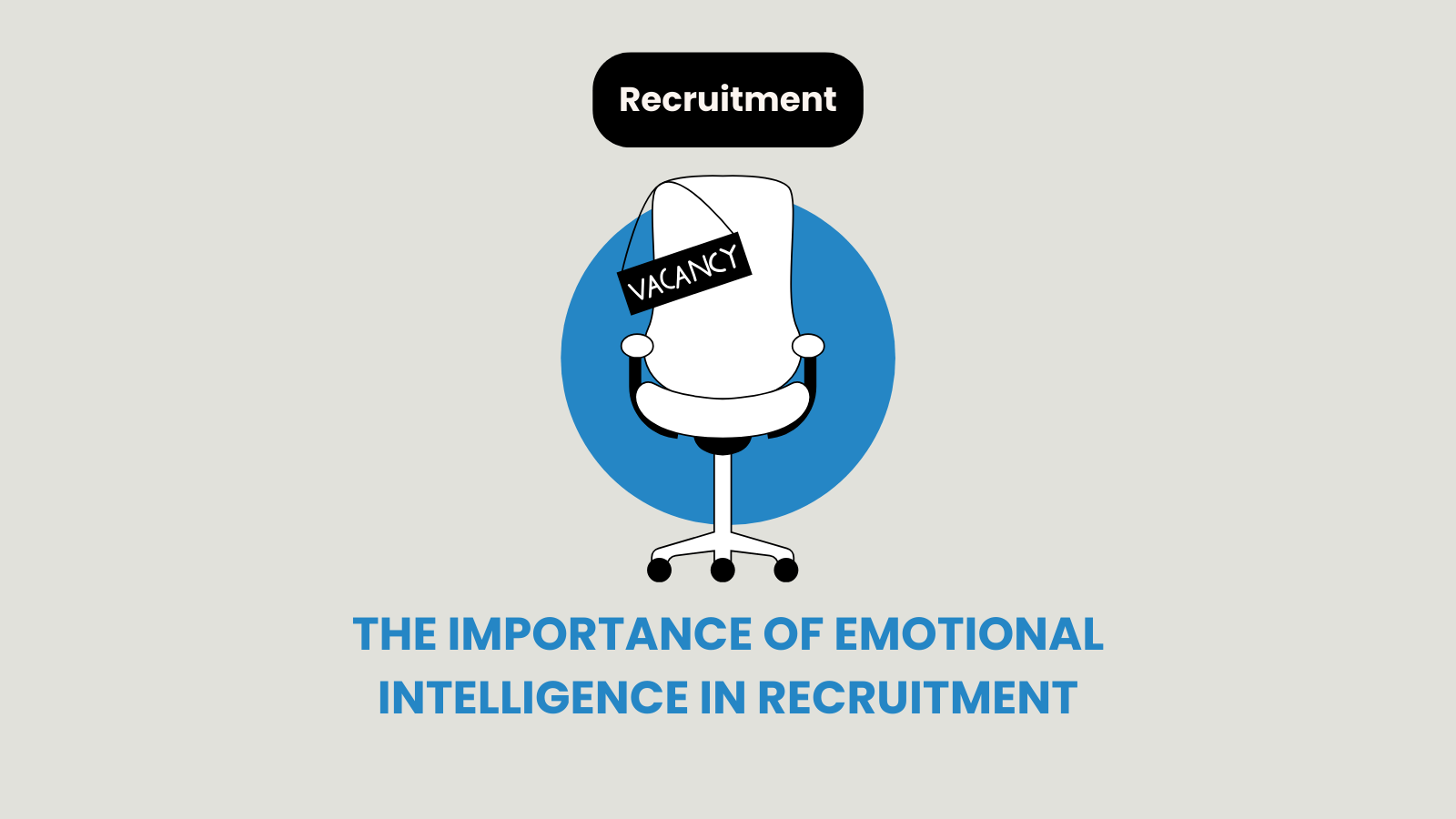It’s official – there’s still a substantial wage gap between men and women. And although the job market and the potential to earn looks very different than a few decades ago, some things still need to be a) said and b) improved.
The 60s will always be remembered as an era when The Flintstones first aired. Well, among other things. But they’re also a decade when a man could have up to 40% higher pay than a woman for the exact same role. Today, these gaps aren’t nearly as massive. But they are still present, no matter how you choose to measure them.
So let’s take a deeper dive & discover the facts behind the wage gap between men and women.
Male vs. female employment statistics you should know
According to the European Commission, there are several employment patterns that show just how real the work-related gender gap still is. Firstly, the employment rate is substantially higher among males aged 18-64. As a matter of fact, their 2021 studies show that there are 76% of employed males while the percentage of females in the workforce reaches 66%. But more importantly, these figures vary depending on the number of children they have. And a more gloomy observation is that the number of full-time employed ladies with more than one child is 17% lower than gentlemen. In point of fact, more than 25% of women work part-time. Now, according to the data gathered in the US throughout 2018, 66% of the workforce was male. And there were also some gaps in the median pay comparison. Women’s median salary vs. men’s differed by a whopping 18.7%, meaning that a woman was likely to make 81.3 percent of the man’s salary.
What jobs have more females than males?
Even though the overall rates of employment are higher among the male population, some fields and roles are primarily mastered by the members of the fair sex. And so, according to the US Bureau of Labor Statistics, an astonishing 97.6% of childcare workers, kindergarten, and preschool teachers are ladies! Other typically female-piloted jobs include:
- Dental hygienists and medical assistants,
- Administrative and office assistants,
- Hairdressers, hair stylists, and cosmetologists.
Finally, nearly 96% of speech-language pathologists are female. And it’s estimated that this area of expertise will be more and more in demand. As reported by researchers, the projected job growth will reach 27% by 2028. Still, while certain niches are “women-dominated,” there are still gaps between women’s pay vs. men’s pay for the same job, even in those domains. And so, while ladies hold an astonishing 87% in Pharmaceutical Technician roles, their average yearly pay is almost $3,000 lower than men’s. The same rule applies to customer support, sales, finances, education, and legal jobs.
Women’s salary vs. men’s salary in 2022
In 2022, females could expect almost $20 less for every $100 a male makes. In other words, a woman could make 83 cents on average for every dollar a man makes. And while these dissimilarities exist in each corner of the world, some regions are prone to more massive polarizations. Also, certain niches and positions are considered more male-dominated. So, get ready to find out more about these factors first.
Which country has the highest gender pay gap in 2022?
According to an extensive 2021 report, global gender parity decreased from 68.6% in 2019 to 68.0% in 2020. This decline happened because of the global ripple effect of the pandemic. Still, some countries managed to achieve pay equity. Others had shown worse results. Afghanistan, Yemen, and Iraq are the countries with the most massive gaps between sexes. These inequalities come in more forms than just pay gaps. On the other hand, Iceland has been named the most gender-equal country once again. It’s followed by Finland, Norway, and New Zealand. Western Europe, in general, achieved the highest index and the vastest chunks of its companies neutralized the average woman’s salary vs. men’s wage gap.
What job has the biggest gender gap?
Surveys conducted in November 2022 show that the state of the workplace in the US is still marked by gender inequality. For starters, nearly all CEOs of pharmaceutical, telecommunications, and diversified financial industries are male. In fact, 30 of the top 41 companies (according to Fortune) are run by men.
The list of jobs with considerable pay gaps includes:
- Security,
- Legal occupations,
- Medical scientists and assistants,
- Engineering technologists,
- Financial service agents.
Now, some roles are almost fully male-dominated. The most notable difference can be spotted in aircraft piloting. Women make up less than 5% of all pilots in the US. Architecture and construction show similar sorts of unevenness. Finally, Information Technology also keeps on being labeled as a more “male” niche. Some studies show that more than 70% of Software Development positions are occupied by men.
Tech positions vs. (non-tech) digital roles
A credible tech job search platform Otta shows that female candidates provide substantially lower minimum salary requirements than men. The most notable gender differences appeared for women searching for junior and intermediate software engineering, data, and product roles. These ladies set their minimum pay requirements 19-20% less than men. The situation was a little more satisfactory for marketing and human resources functions. Still, most women in these occupations set their minimums 7-10% lower than males.
Men and women salary negotiations
Does women’s average salary vs men’s have anything to do with their negotiation skills? According to some sources, ladies and gentlemen use different tactics and set different priorities when negotiating their wages and working conditions. Still, the necessary skills vary by a lot from one candidate to another, regardless of their gender.
One extensive survey shows the gaps often seen in the interviewing phase. Its evidence has indicated that men are notably more likely to commit to salary negotiations than women. Nevertheless, when females negotiate pay on behalf of another person, they are equally successful as males. To find out how companies with negotiable salary ranges impact applicant sorting and the probability of starting negotiations, the authors of this study created a randomized control trial of about 2,500 job seekers. After getting inquiries about positions posted on various job boards, researchers based their conclusions on whether the negotiability of salaries was explicitly mentioned. Then, using data from different applicants, the authors were capable of detecting the extent of dissimilarities in salary negotiations by gender, as well as their nature.
Key points that show the gender gap when negotiating a salary
The findings from previously mentioned surveys (along with some other similar studies) have shown us that males and females often have contrasting perspectives when applying for a new job. So, here are a few points to grasp:
- Men are the ones to start salary negotiations about four times more often than women,
- 20% of adult women say they never negotiate their pay at all,
- Metaphors gentlemen use for negotiation processes include “winning a ballgame,” while ladies are more prone to comparing these processes to a trip to a dentist.
These facts indicate that many female job seekers feel a considerable amount of discomfort when having to speak about their financial expectations. Still, women who consistently negotiate their salary can earn at least $1 million more throughout their careers compared to those who don’t. So, now is the perfect time to encourage ladies to set their expectations higher and move forward.
Tips for employers – How to avoid biases and pay gaps in 2023?
Researchers have discovered that this trend for women to undervalue their worth is familiar and is not specific to a single industry. One study, where male and female college students were asked to evaluate the applications of incoming first-year students, showed that men paid themselves 63% more than women. However, when asked to assess their performance on the task, there were no gender differences. So the pay dissimilarity did not mirror how the participants thought they performed.
Now, here’s what today’s companies can do about it. It’s all about salary transparency. The effect shown by the study (mentioned above) fades when the females know what others are earning. In fact, the very same study told us that the gender difference in self-pay vanished when the students learned about the previous participants’ expectations.
Tips for employers – How to avoid biases and pay gaps in 2023?
Researchers have discovered that this trend for women to undervalue their worth is familiar and is not specific to a single industry. One study, where male and female college students were asked to evaluate the applications of incoming first-year students, showed that men paid themselves 63% more than women. However, when asked to assess their performance on the task, there were no gender differences. So the pay dissimilarity did not mirror how the participants thought they performed.
Now, here’s what today’s companies can do about it. It’s all about salary transparency. The effect shown by the study (mentioned above) fades when the females know what others are earning. In fact, the very same study told us that the gender difference in self-pay vanished when the students learned about the previous participants’ expectations.
Do the right thing.
So, removing biases from the hiring process is a goal every company should strive to reach. Since most of the partialities are subtle and/or unconscious, it’s sometimes hard to spot them first. And so, before taking any additional steps, be sure to take these basic measures:
- Don’t aim to hire a mini-me and ditch the recruitment practices that rely on similarities,
- Stick with effective hiring methods, tools, and patterns rather than clinging to a gut feeling,
- Avoid comparing applicants against each other.
Now, it’s essential to teach all employees about the importance of an unbiased and healthy workplace. This is particularly vital for those who participate in recruitment and interviews. Once you’ve covered this segment, dedicate your time to evaluating and standardizing pay. Remember – everyone must be paid the same amount for the same job. A transparent job ad will help you start on the right foot, but so will a posting that uses gender-neutral language. And so, to boost everyone’s hiring experience and attract more qualified and diverse talent, you’ll need to pay close attention to each action – before you even post a vacancy.
Women’s average salary vs. men’s: In pay transparency we trust
Even though most of the stats and facts weren’t exactly painting a pretty picture when it comes to equity in hiring processes and employment, one tested remedy can change this quickly. Pay transparency will vanquish these gaps and help each job seeker start from the same position. And with the new laws that are already coming into effect on US soil, open salaries will become mandatory for all firms. And hopefully, these actions will cut down the difference between women’s average salary vs. men’s for the same role in the future.




